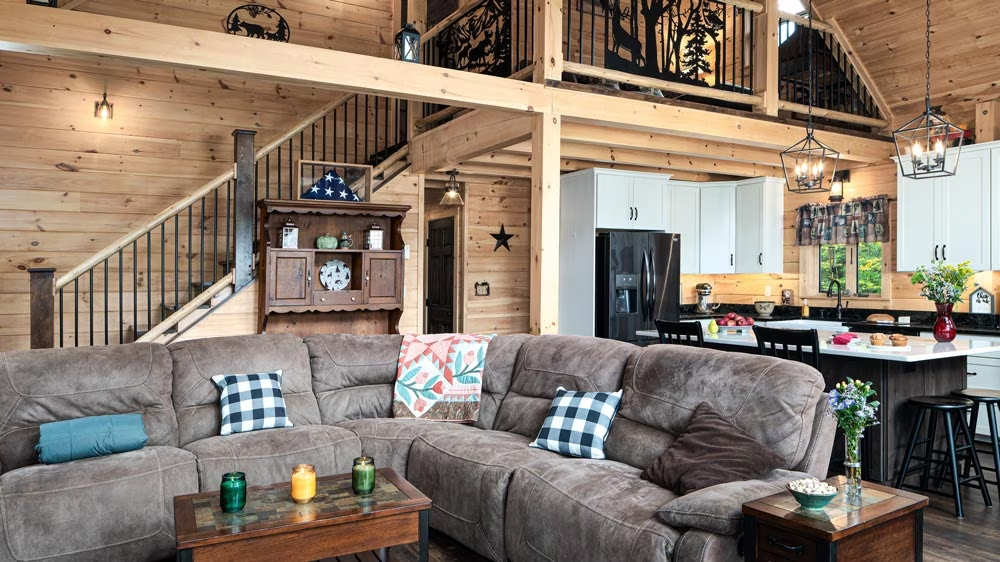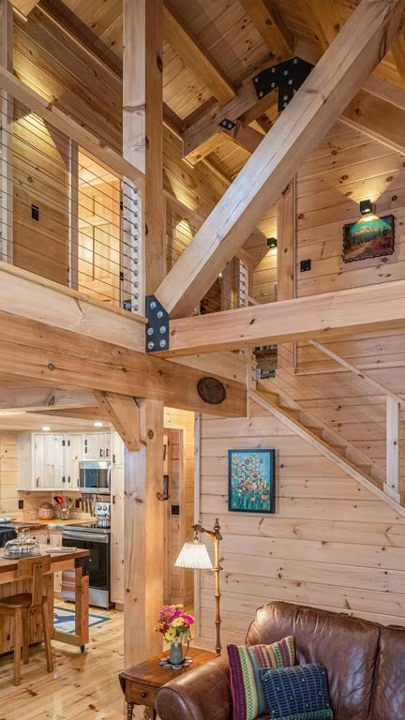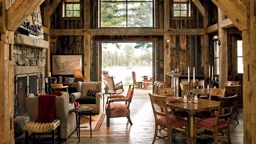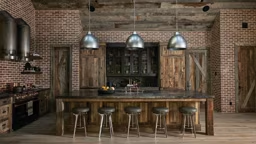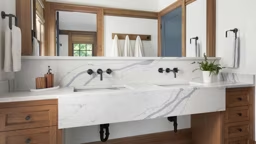Whatever your reason for building small – budget, downsizing, property requirements or just the downright charm of petite plans — smart design can save you from big expenses and hassles. These expert design tips will help you max out your diminutive dream home. Here’s what to consider:
1. Start with Your Motivation
“How will this home be used?” asks Brian Sielaff, the CEO and managing partner of Tamarack Grove Engineering. This is one of the first questions buyers should ask themselves. Whether this new home is a quick weekend getaway for two, a future forever home, a haven for hosting big family gatherings or a rental property for passive income on the side, Brian explains that each of these situations requires a different design strategy. For example: “If this new home will host large family gatherings, then you will probably need to invest in a larger kitchen and perhaps even a bar area,” he advises.
2. Define Your Design Needs
Next, finesse that motivation into a more concrete list of wants and needs. Chris Nolan, sales and design consultant at Discovery Dream Homes suggests that when strategizing a small space, specificity matters. “Start with your lot, then lifestyle, then living needs,” he explains. “Make a wish list of all the wants and narrow that down to what you really need.”
3. Edit the Bedrooms
One of the first places to begin whittling the square footage is the bedrooms. “The main goal with bedrooms is to rest and recharge,” says Brian. One doesn’t need much more square footage than enough to accommodate a bed and move easily about the room. This is especially true if you are specifying custom organizers that can maximize bedroom closet space. Many closet organizers even offer online tools to design it yourself, or you can ask the company’s design team with years of experience to share their input.
4. Ditch the Dedicated Dining Room
Open floor plans where the great room, kitchen and dining area are grouped together are one of the most efficient uses of your square footage — especially in a petite plan. The open concept provides flexible, versatile areas within a single space. This makes the floor plan flow, with spaces that aren’t constrained by walls or the loss of square footage to dead zones like hallways. Finally, open sight lines create the feeling of more space without adding to the budget.
5. Incorporate Outdoor Spaces
Look for ways to make your floor plan seem larger by connecting indoor rooms to the exterior living spaces of your home. Sliding glass doors, innovative folding glass doors like those from NanaWall or even just large windows strengthen that connection with the outdoors. Additionally, covering and enclosing porches, decks and patios expand their usability throughout the year, adding extra rooms to your home, particularly for entertaining.
6. Vary Ceiling Heights
One of the oldest design adages is, “if you can’t go out, go up.” Vaulted ceilings provide a way to make any space feel much larger. Adding timber frame trusses or a timber barrel ceiling over the great room, kitchen and dining area will add instant spaciousness to your home’s design.
7. Budget for Built-Ins
To combat clutter and congestion, consider allocating funds for built-ins within your budget wherever possible. This can include the kitchen, dining area, bedrooms, baths and entryways. These areas can serve as drop zones and charging areas for devices, while keeping your life organized.
8. Take it to the Top
Historically, clerestory windows were found in ancient temples, Roman basilicas and Gothic churches. Their purpose is to admit light, fresh air or both. When installed in homes, this type of window not only adds illumination and, therefore, the feeling of airiness, it also can be a low-cost way to cool the structure in warm summer months, as the hotter air naturally rises up and out of the structure.
Whichever strategy you take, careful planning and thoughtful design will result in an efficient little home that lives larger than you ever thought was possible.




